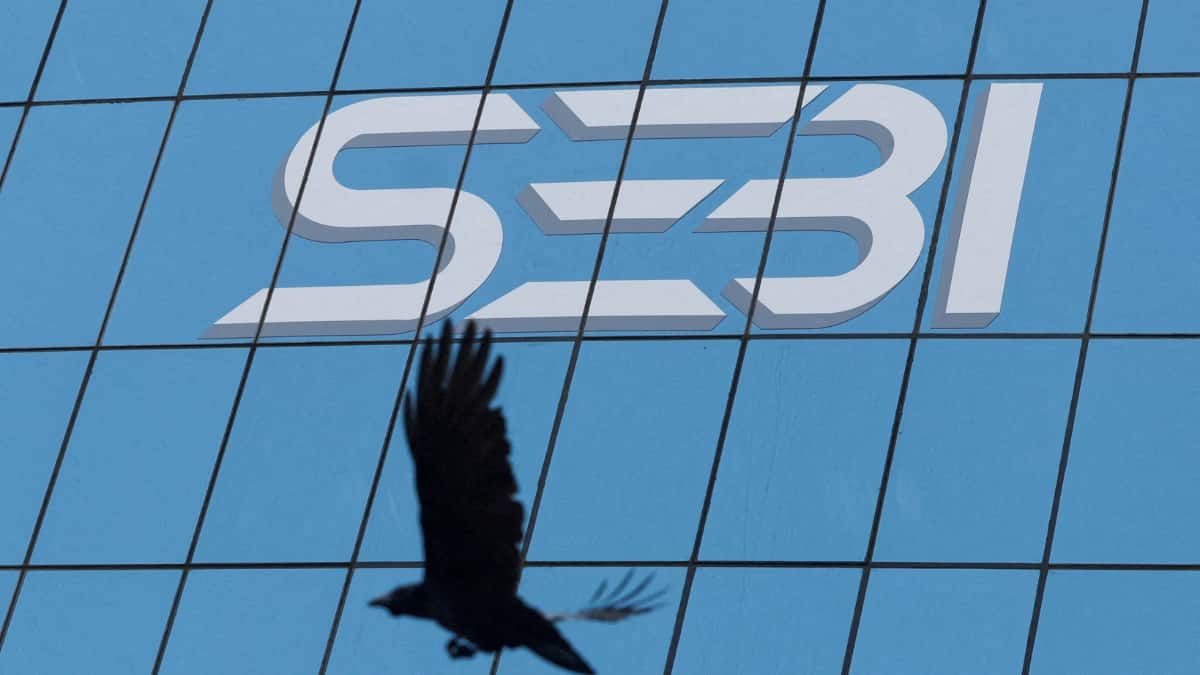Expedited Divestiture Execution – Proactive approach to IT Separation

By Anuj Suneja
India has witnessed a surge in divestitures, with the aggregate deal value for such transactions increasing by almost 50 percent from 2021 to 2022[1]. Divestiture is used as a strategic tool to strengthen the balance sheet, carve out an underperforming business, or focus on the core business. While divestitures offer substantial benefits, it is essential to plan and execute them well to enjoy the benefits from the transaction. Organizations usually leverage shared resources such as IT applications, infrastructure, teams and contracts to save costs, however this creates interdependencies between the businesses. These interdependencies between the parent and the divested business especially for highly entangled functions like IT can add a lot of complexity for the team managing the planning and execution of the separation in a short timeline.
In one of the recent deals, an organization acquiring a Financial Services business had to sustain 100+ TSAs to ensure that the acquired business can continue to utilize shared resources like the credit card management system and the technology team managing the system. It took them as long as two years to establish standalone operations. In addition to the high TSA cost, prolonged uncertainties led to the attrition of critical talent, and continued vendor support increased the associated expenses. This situation is not uncommon in executing IT Separation during divestiture. This merits an alternate approach wherein organisations can opt to proactively initiate IT separation planning even before finalising the deal.
This approach allows the sellers enough time to identify the scope and potential entanglements in the applications, infrastructure, infosec tools, data, and IT team before the buyer is identified. Sellers can leverage these inputs to prepare a separation roadmap which can be executed once the deal is finalised. A well-defined roadmap ensures that the seller can focus on swift separation execution while reducing the risk of unidentified entanglements, thereby achieving a relatively higher valuation. It can also accelerate the buyer’s time to market and synergy realisation.
A global food and agriculture giant looking to divest three of its businesses took this pre-emptive approach to facilitate the technology disentanglement of these businesses. Even before identifying a buyer, the organisation untangled the shared applications, infrastructure, and contracts. They developed plans for logical and physical segregation of 150+ applications and conducted discussions with more than 300 vendors to ensure contracts could accommodate the new structure post-divestiture. Their planning efforts paid off, the businesses were ready for acquisition once the buyers were identified, leading to higher returns and a short execution time of just three months.
In another example, a global FMCG conglomerate planning to divest one of its businesses had the foresight to proactively plan for separation, even before finding a buyer. Various businesses of this conglomerate were supported by a single IT team, and shared contracts and applications for functions like HR and supply chain and the leadership didn’t want these entanglements to affect deal value. Their approach of developing a detailed roadmap with system level plans dove-tailing based on identified interdependencies, set the stage for swift separation. The separation roadmap also ensured that once a buyer was identified, 80 percent of services could be separated within three months, leaving only 20 percent of services requiring a longer TSA period.
Developing the separation plan early can help achieve a timely separation of the divested business. However, initiating planning for separation even before the deal is finalised, often requires a strong commitment from the management. Opting for this approach requires the functional teams to take time out from their business-as-usual to invest in analysing the IT landscape, engage in vendor discussion and develop the separation plan.
While organisations have long used divestiture to benefit shareholders, reducing the lead time between the deal finalisation and achieving standalone operations, particularly for highly entangled functions like IT, can significantly enhance returns. Planning and developing the separation roadmap before finalising the deal can help the seller achieve higher valuations and expedite the strategic vision of all parties involved.
(Anuj Suneja is a Partner at Consulting, Deloitte India. Views expressed are the author’s own. Please consult your financial advisor before investing.)



Leave a Comment